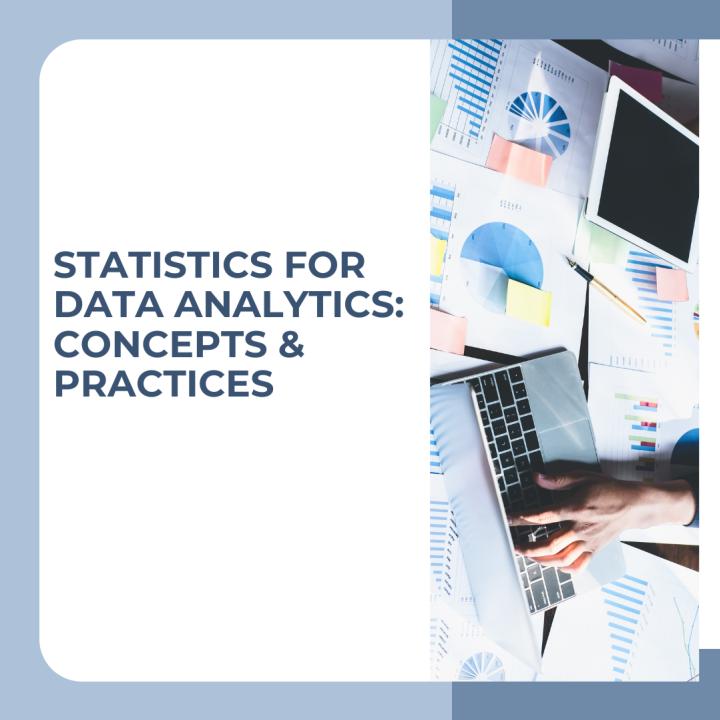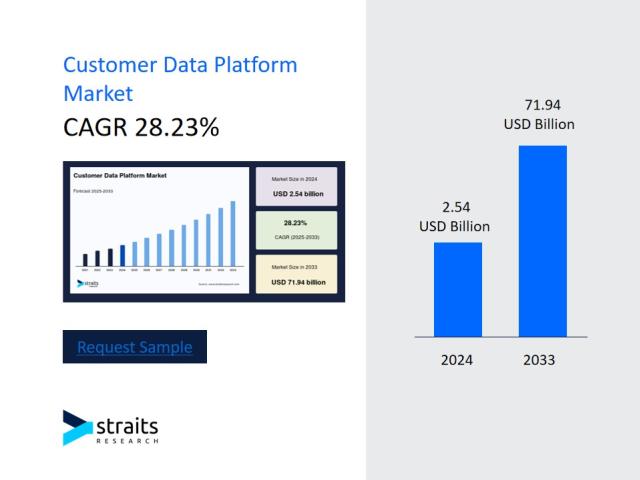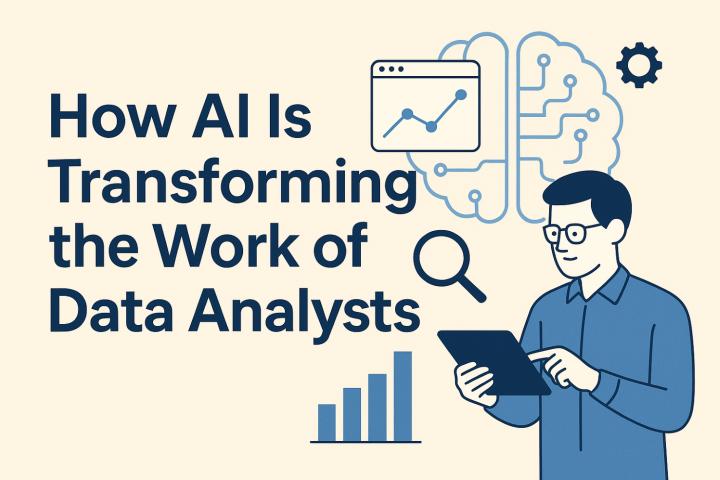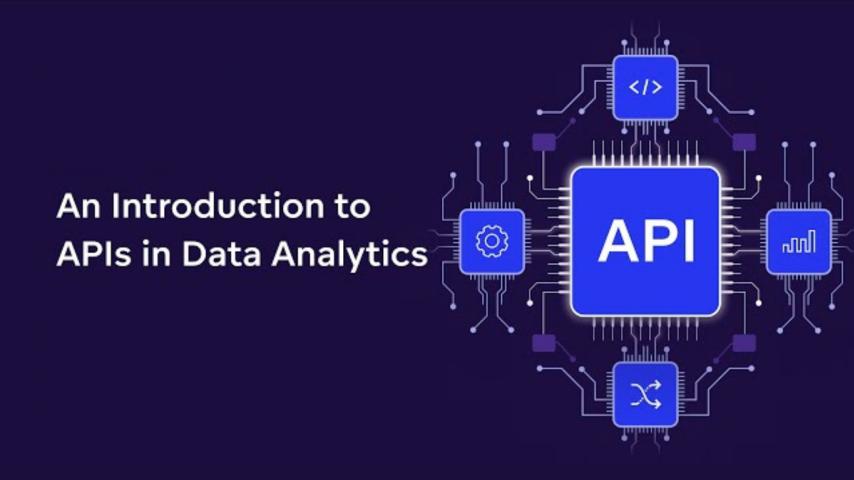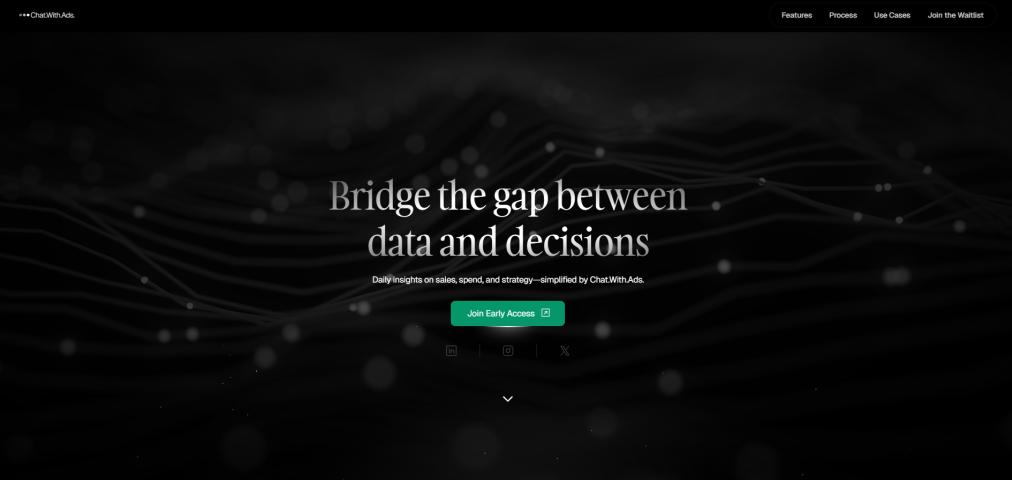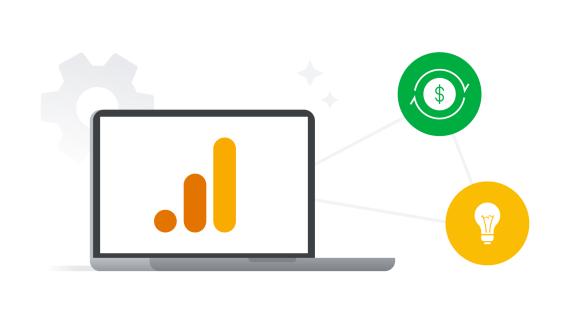Data analytics is a critical field that helps organizations make data-driven decisions by uncovering trends, patterns, and insights. To make sense of the vast amount of data collected, statisticians and data analysts rely heavily on statistical concepts and techniques. In this article, we will explore the essential statistical concepts and practices that are crucial for effective data analytics.
Understanding Statistics in Data Analytics
Statistics plays a pivotal role in data analytics as it helps professionals to extract meaningful insights from raw data. It involves collecting, analyzing, interpreting, presenting, and organizing data to make informed decisions. Statisticians use various statistical methods to summarize data, identify relationships, and predict future trends.
Descriptive Statistics
Descriptive statistics is the first step in data analysis. It summarizes and describes the main features of a data set. This includes measures such as:
Mean: The average value of a data set.
Median: The middle value when data is sorted in ascending or descending order.
Mode: The most frequently occurring value.
Range: The difference between the highest and lowest values.
Standard Deviation: A measure of how spread out the data is.
These measures help to get a quick overview of the data and understand its general trends.
Inferential Statistics
While descriptive statistics summarizes the data, inferential statistics makes predictions and inferences about a population based on a sample. This helps analysts draw conclusions from the data and generalize findings to a larger group. Key concepts include:
Hypothesis Testing: A method to test whether a claim about a population is supported by the data. Examples include t-tests, chi-square tests, and ANOVA (analysis of variance).
Confidence Intervals: A range of values that estimates the true population parameter with a certain level of confidence.
P-Value: A measure that helps determine the significance of results in hypothesis testing.
Probability Theory in Data Analytics
Probability theory is essential in data analytics because it quantifies uncertainty. It allows analysts to make informed decisions in the face of uncertainty. Some important concepts in probability include:
Probability Distributions: These describe how probabilities are distributed over values. Common distributions include the normal distribution (bell curve), binomial distribution, and Poisson distribution.
Bayesian Probability: A method of statistical inference in which Bayes’ theorem is used to update the probability of a hypothesis based on new evidence.
Understanding probability helps in assessing risks and making predictions about future events.
Regression Analysis
Regression analysis is a statistical method used to examine the relationship between two or more variables. It is particularly useful in data analytics for predicting outcomes and identifying trends. Common types of regression analysis include:
Linear Regression: Used to model the relationship between a dependent variable and one or more independent variables.
Logistic Regression: Used for binary outcomes, where the dependent variable is categorical (e.g., yes/no or 1/0).
Multiple Regression: Involves multiple independent variables to predict a single dependent variable.
Regression models help analysts understand the strength and direction of relationships between variables and make predictions.
Correlation and Causation
Another key concept in statistics is understanding the difference between correlation and causation.
Correlation: Refers to a relationship between two variables where they move together, but one does not necessarily cause the other. For example, the increase in ice cream sales during summer may correlate with the rise in temperature, but one doesn’t cause the other.
Causation: Implies that one variable directly influences another. Identifying causation requires more rigorous testing, such as controlled experiments or longitudinal studies.
In data analytics, it’s crucial to avoid misinterpretation of correlation as causation.
Key Statistical Practices for Data Analytics
Data Collection and Sampling
Proper data collection is the foundation of any successful analysis. Analysts often work with samples rather than entire populations, so ensuring that the sample is representative is crucial. Some important sampling methods include:
Random Sampling: Each member of the population has an equal chance of being selected.
Stratified Sampling: The population is divided into subgroups, and random samples are taken from each subgroup.
Systematic Sampling: Data points are selected at regular intervals.
A good sample ensures that results are valid and generalizable to the broader population.
Data Cleaning and Preprocessing
Data cleaning is the process of identifying and correcting errors in a data set. This is one of the most time-consuming yet essential steps in data analytics. It involves:
Handling missing values.
Removing duplicates.
Correcting data entry errors.
Standardizing formats (e.g., date and time formats).
Cleaning data ensures that analysts work with high-quality data, leading to more accurate and reliable insights.
Exploratory Data Analysis (EDA)
Exploratory Data Analysis (EDA) involves visually and statistically exploring the data to understand its structure, identify patterns, and detect anomalies. This is an essential step before building any predictive models. Some common EDA techniques include:
Data Visualization: Using charts and graphs (e.g., histograms, scatter plots, box plots) to identify trends and relationships.
Summary Statistics: Calculating mean, median, and standard deviation to understand the central tendency and variability of the data.
EDA helps uncover hidden patterns that can inform subsequent data analysis or modeling techniques.
Model Evaluation and Validation
After building a model, it is important to assess its performance to ensure that it makes accurate predictions. Common evaluation techniques include:
Cross-Validation: Splitting the data into training and testing sets to ensure the model generalizes well to new data.
Confusion Matrix: A table used to evaluate the performance of a classification model, showing true positives, false positives, true negatives, and false negatives.
R-Squared: A statistical measure that indicates how well the regression model explains the variability of the dependent variable.
Proper model validation ensures that the insights derived from the data are reliable and actionable.
Conclusion
Statistics is the backbone of data analytics. It helps analysts organize, summarize, and interpret data to uncover meaningful insights. Key statistical concepts such as descriptive statistics, inferential statistics, regression analysis, and probability theory empower analysts to make informed decisions. By applying best practices in data collection, cleaning, and analysis, professionals can generate valuable insights that drive business strategies and outcomes. For those looking to enhance their skills, the Best Data Analytics training provider in Delhi, Noida, Mumbai, Indore, and other parts of India offers comprehensive programs that equip individuals with the knowledge and tools to excel in the field of data analytics.
